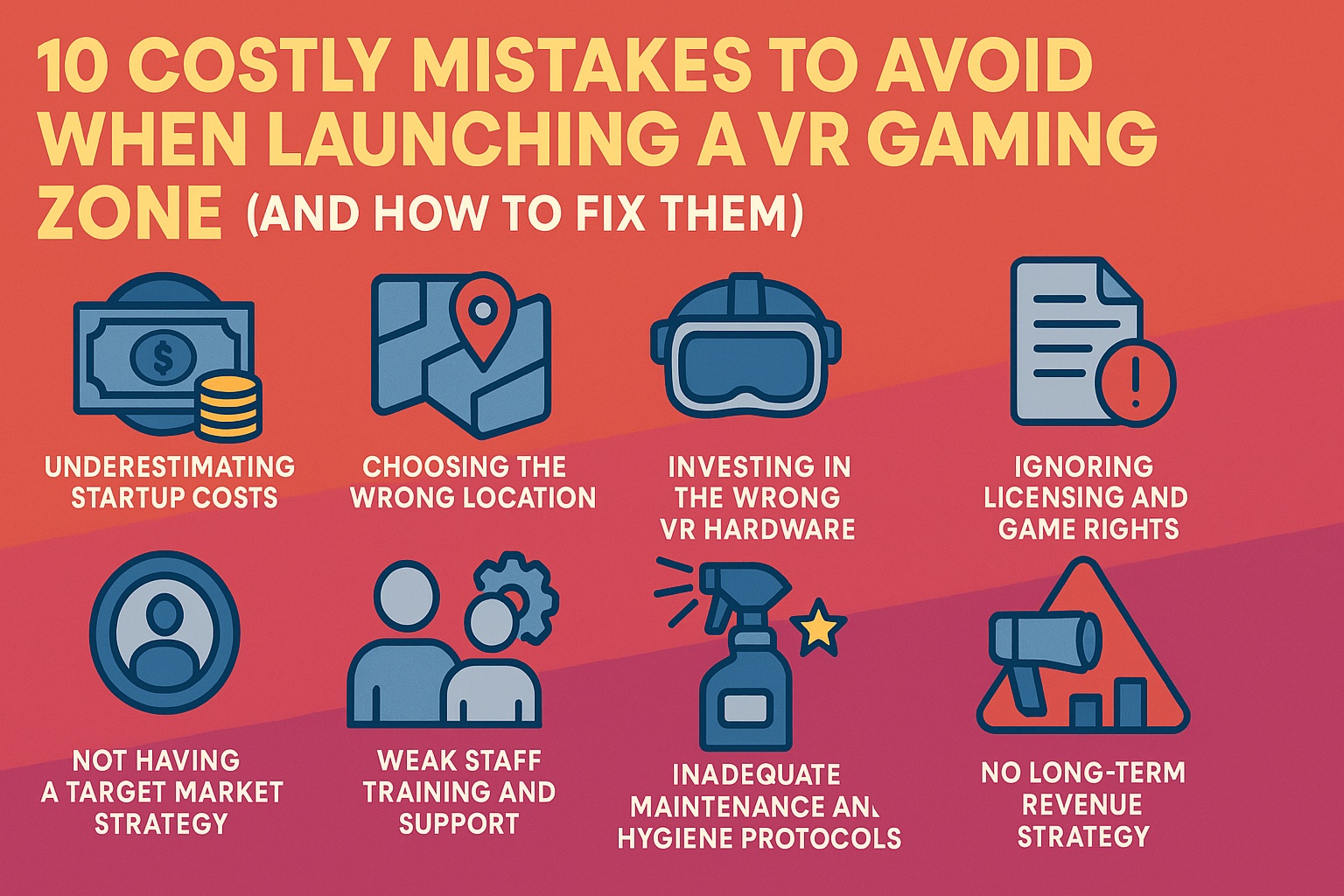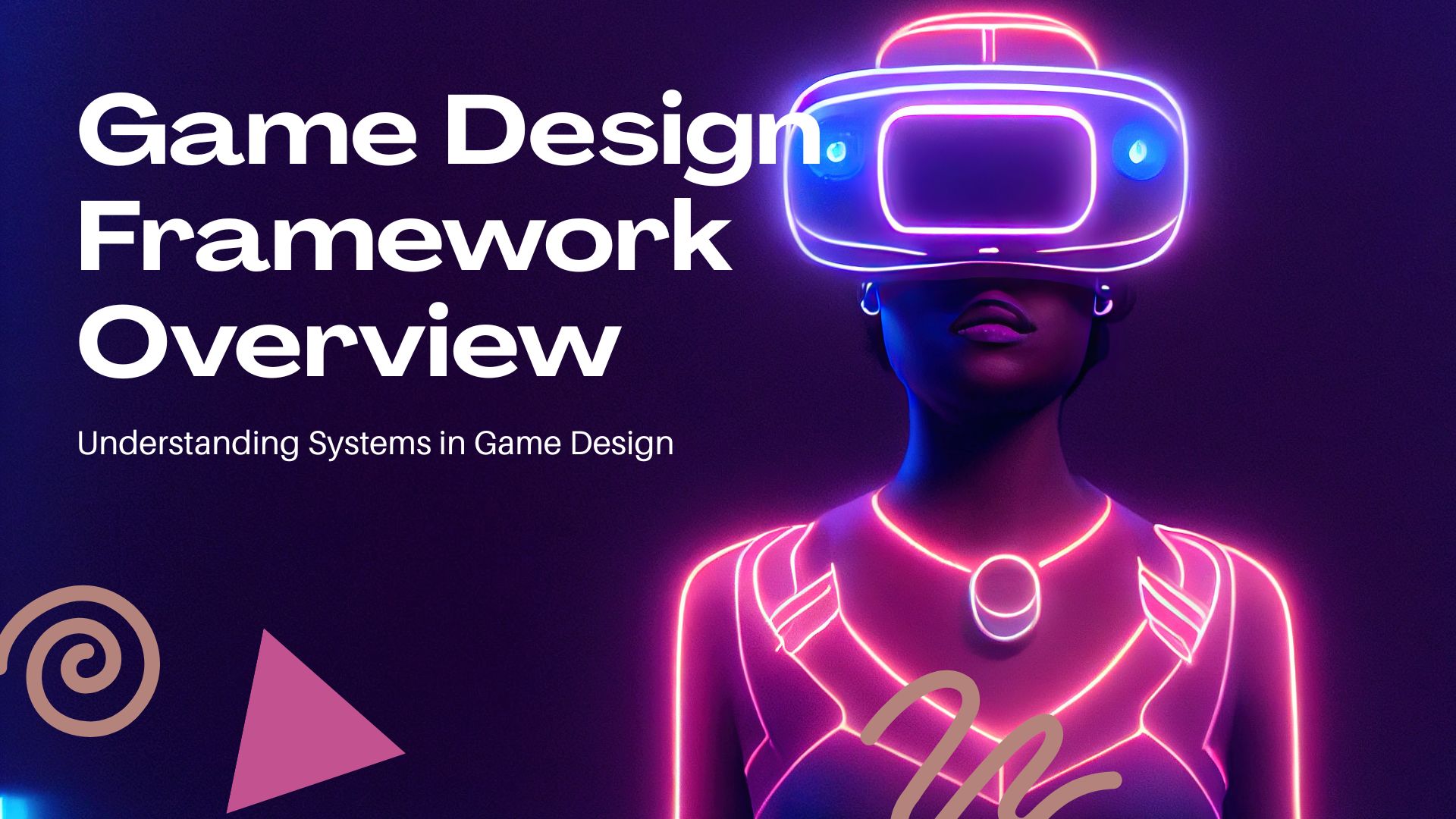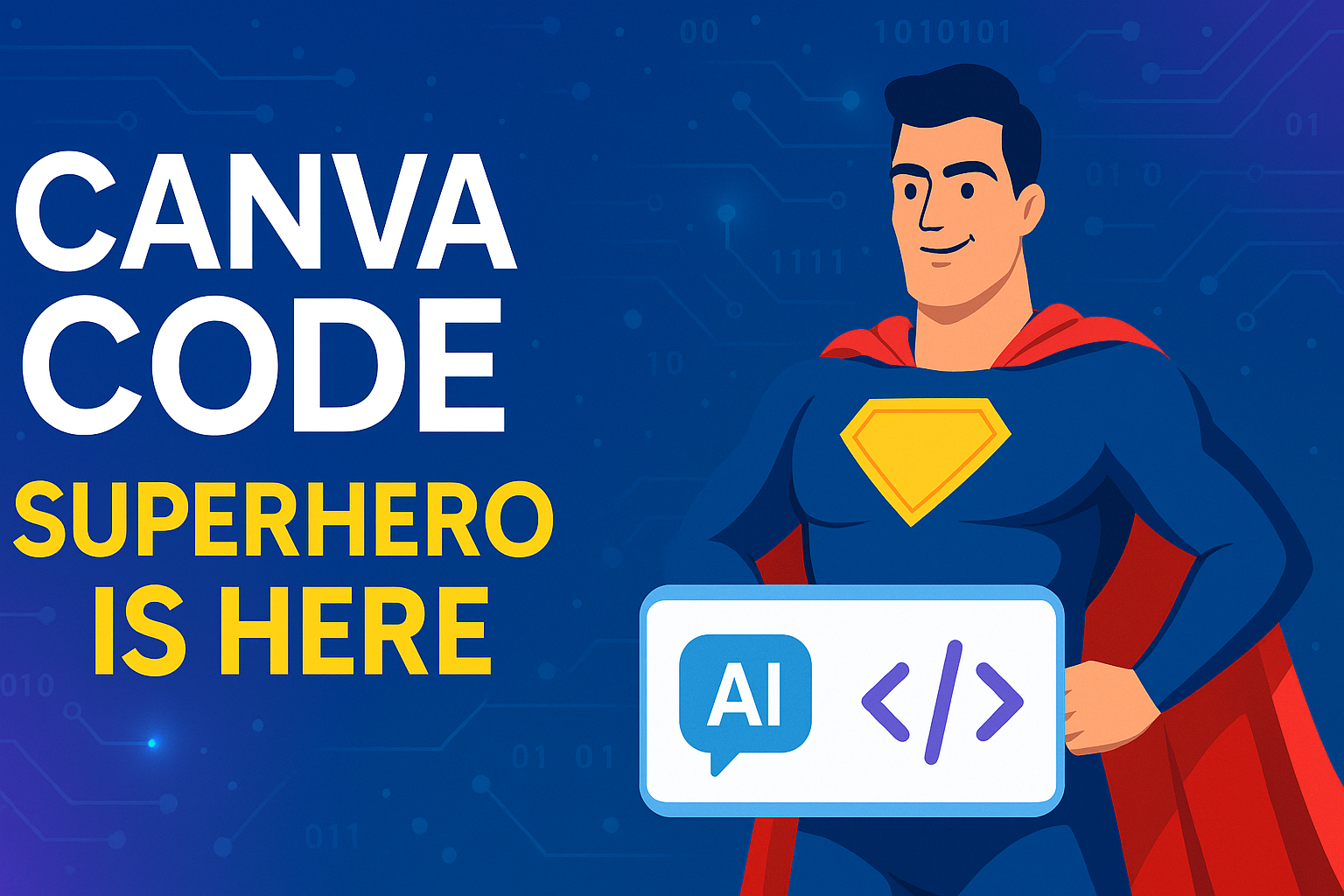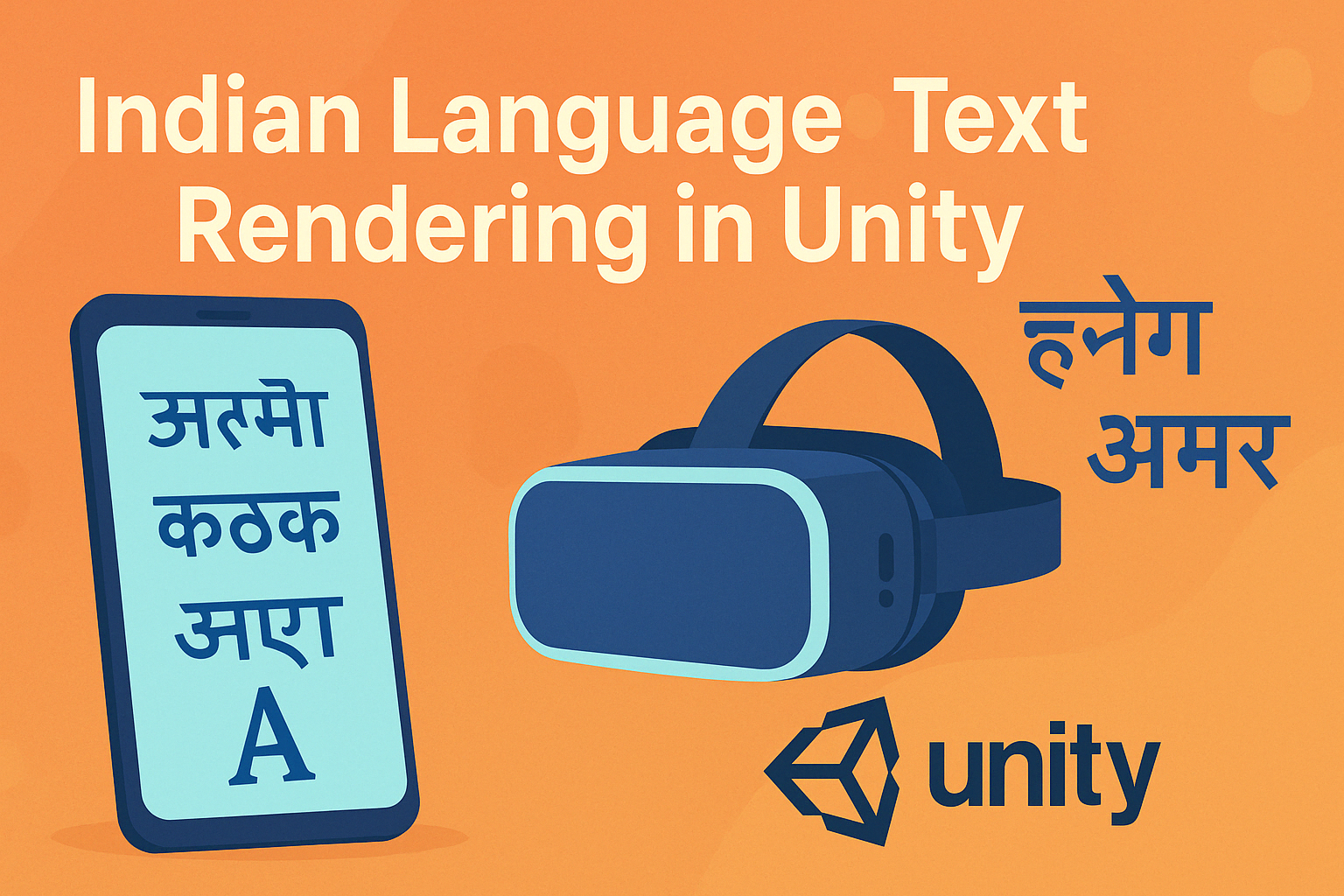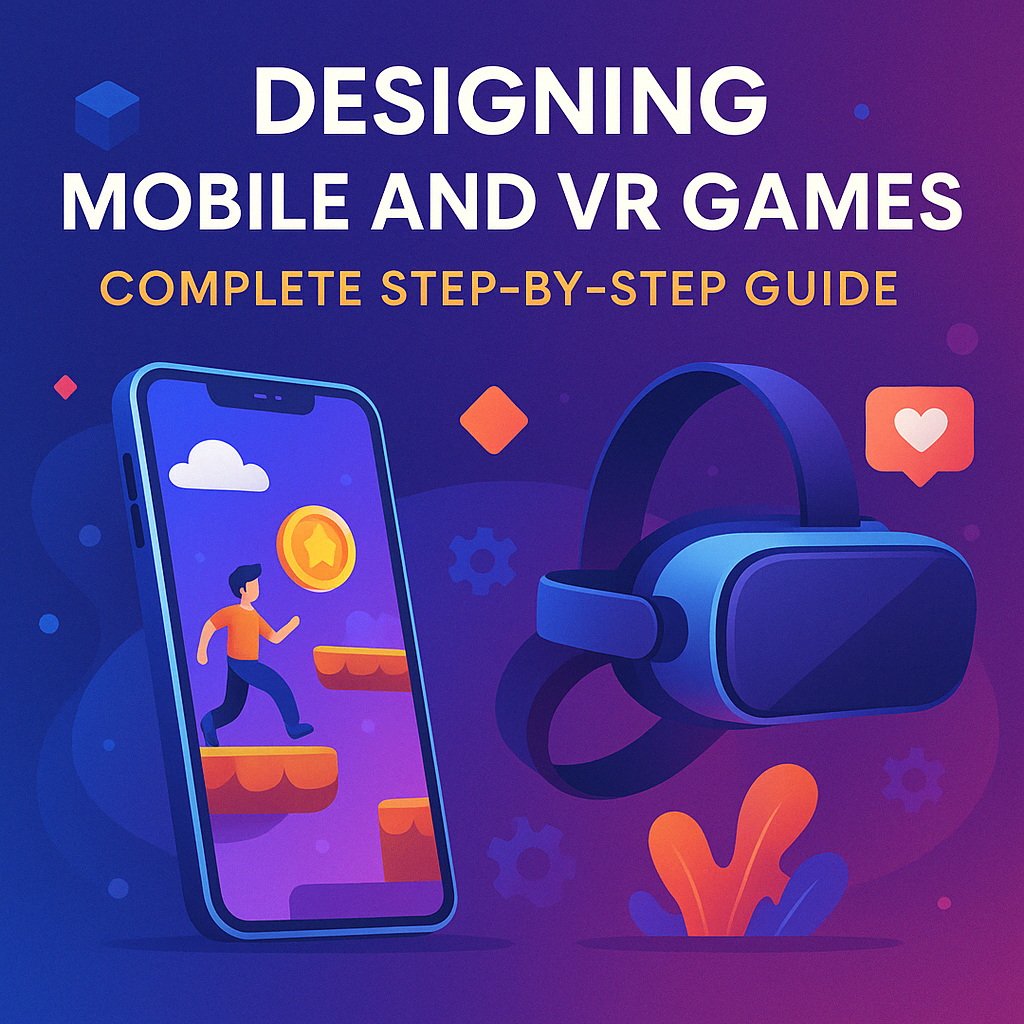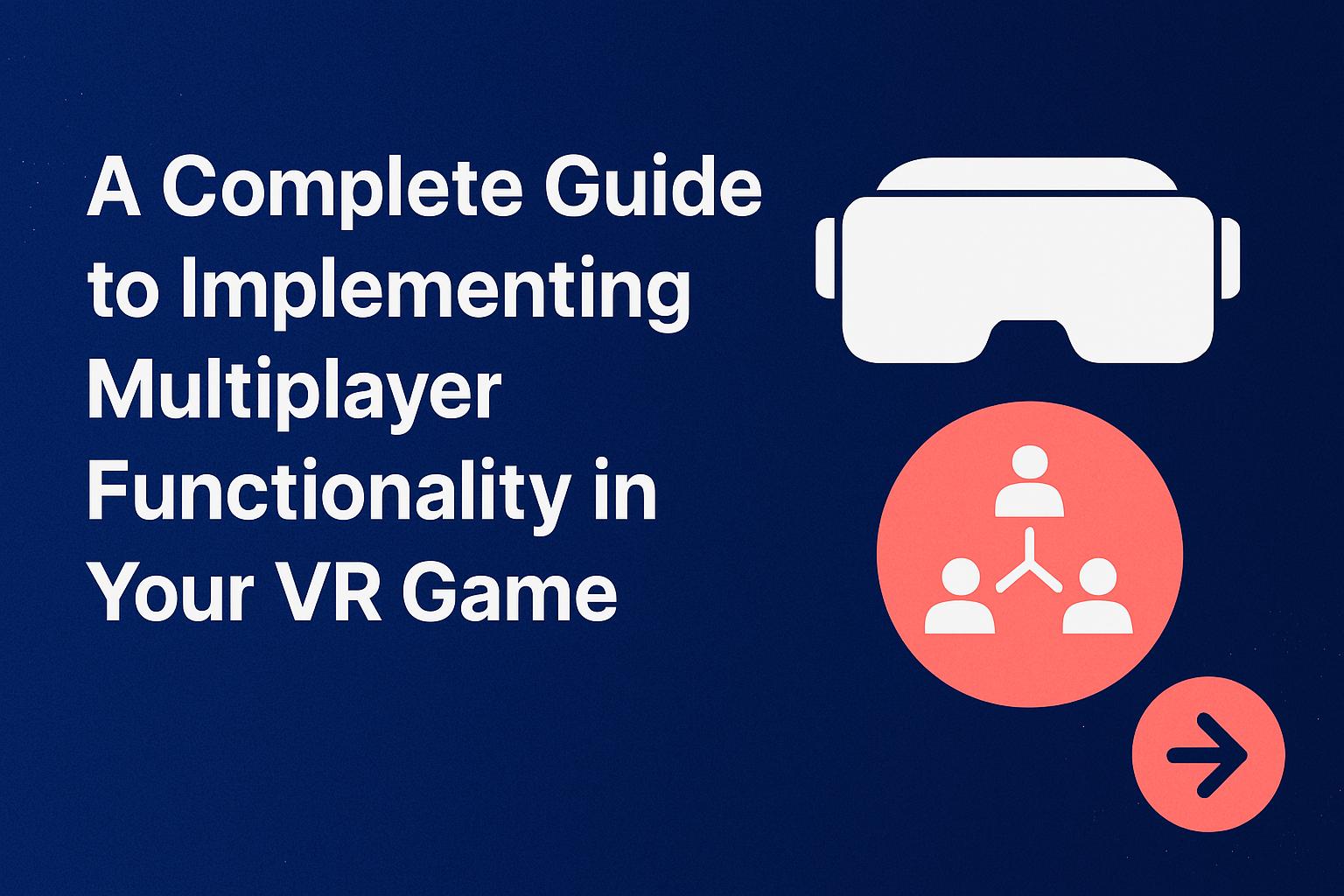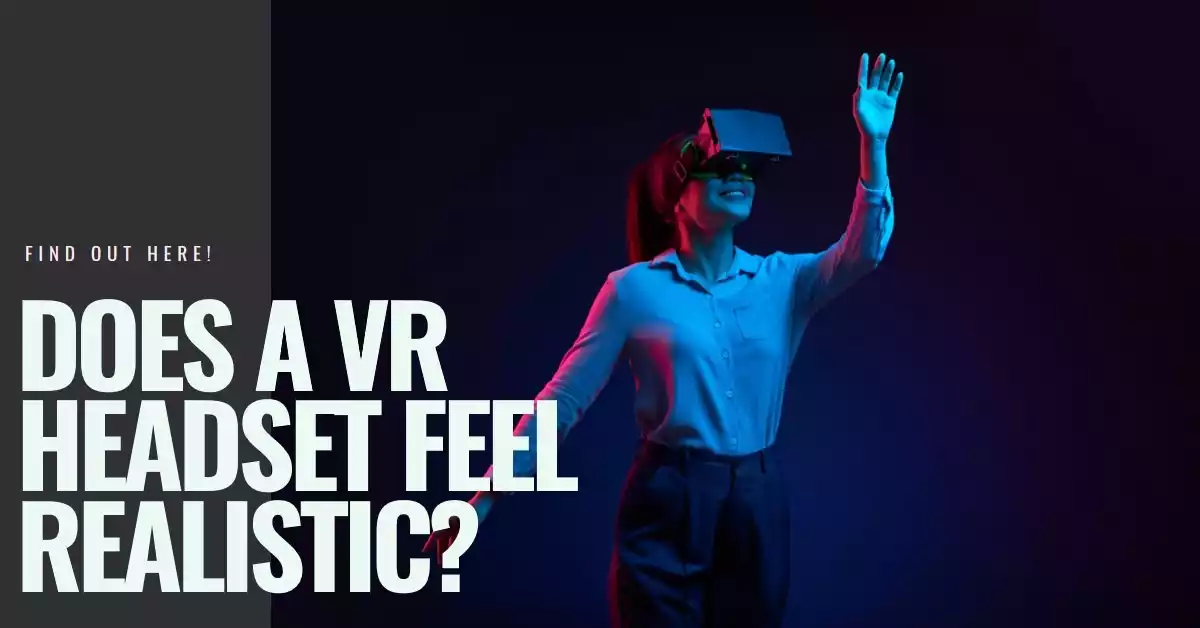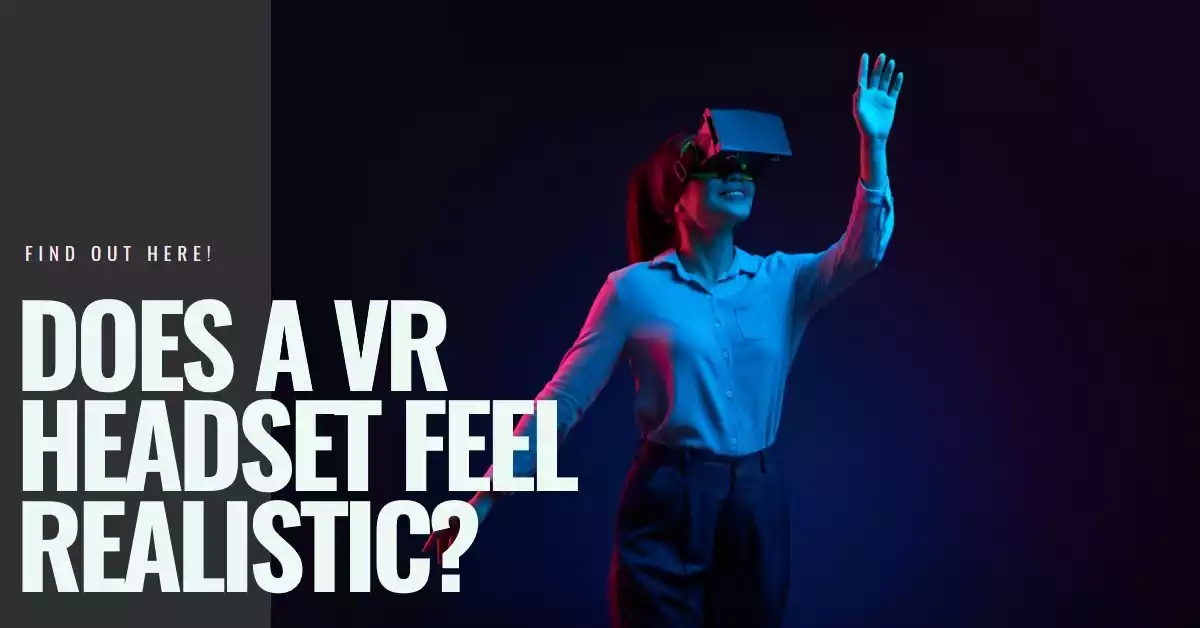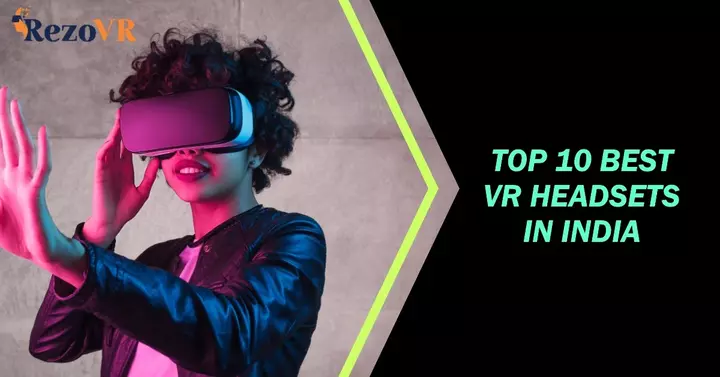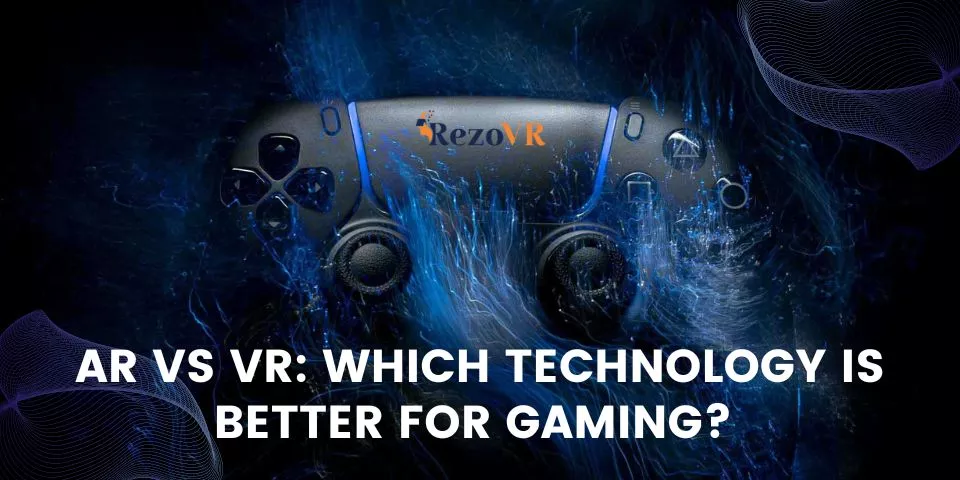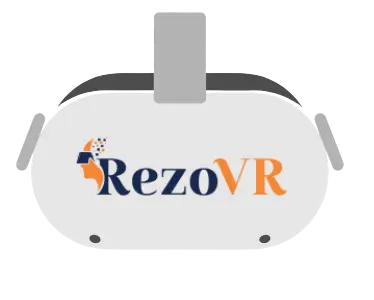The world of 3D modeling is undergoing a revolution, making it possible for designers, developers, and dreamers to bring their ideas to life like never before. Gone are the days when creating complex 3D models required expensive software and years of training.
With the advent of artificial intelligence for 3D modeling, the process has become more accessible and user-friendly. This technology enables users to create sophisticated models with ease, opening up new possibilities for innovation and creativity.


The impact of this technology is significant, allowing professionals and hobbyists alike to transform their ideas into reality. As we explore in this guide, the capabilities of AI to create 3D models are vast and varied.
Key Takeaways
- Understanding the basics of AI-driven 3D modeling
- Exploring the benefits of using AI for 3D model creation
- Discovering the various tools and software available
- Learning how to apply AI in different industries
- Identifying future trends in AI and 3D modeling
The 3D Modeling Revolution: How AI Changed Everything
AI’s impact on 3D modeling has been transformative, turning a once specialized skill into a widely available technology. This shift has been driven by advancements in machine learning for 3D design, enabling the development of sophisticated AI software for creating 3D models.
From Specialized Skill to Accessible Technology
The traditional 3D modeling process required extensive training and expertise, limiting its accessibility. However, with the advent of AI-powered tools, this barrier has been significantly lowered. Creators can now generate high-quality 3D models with ease, using intuitive interfaces and leveraging the power of machine learning.
The Democratization of 3D Creation
The democratization of 3D creation has been a key outcome of this revolution. By making 3D modeling more accessible, AI has opened up new opportunities for a diverse range of users.
Breaking Down Traditional Barriers
- Reduced need for extensive technical knowledge
- Increased speed of 3D model creation
- Lower costs associated with 3D modeling software and training
The New Creative Economy
The rise of AI in 3D modeling has also given birth to a new creative economy. Whether you’re a solo developer building your dream game, a brand wanting 3D previews, or a startup prototyping in VR, you now have the power to create instantly.


This new economy is characterized by increased innovation, collaboration, and creativity, as individuals and businesses alike take advantage of the accessible and affordable 3D modeling tools now available.
How AI to Create 3D Models Actually Works
AI’s ability to generate 3D models is based on advanced machine learning techniques. This technology has revolutionized the field of 3D modeling, making it more accessible and efficient. Automated 3D modeling using AI has become a game-changer for various industries, from gaming and entertainment to architecture and product design.
Machine Learning Fundamentals for 3D Generation
The process begins with machine learning fundamentals, where algorithms are trained on vast datasets of 3D models. This training enables the AI to understand the structure and nuances of 3D objects.
Training Data and Model Architecture
The quality of the training data is crucial. It must be diverse and comprehensive to cover a wide range of 3D models. The model architecture is also vital, as it determines how the AI processes and generates 3D models.
Computational Requirements
Significant computational power is required to train and run these AI models. High-performance GPUs and large memory capacities are essential for efficient 3D model generation.
Text-to-3D vs. Image-to-3D Approaches
There are two primary approaches: text-to-3D and image-to-3D. Text-to-3D involves generating 3D models from textual descriptions, while image-to-3D uses 2D images as input.
| Approach | Description | Advantages |
|---|---|---|
| Text-to-3D | Generates 3D models from text descriptions | Easy to use, high creativity |
| Image-to-3D | Creates 3D models from 2D images | Accurate representation, useful for reverse engineering |
The Role of Diffusion Models in 3D Generation
Diffusion models have emerged as a powerful tool in 3D generation. They work by iteratively refining the 3D model until it meets the desired specifications.


This synergy between human creativity and AI technology is not the end of human innovation but rather the beginning of a new era of collaboration. As AI continues to evolve, we can expect even more sophisticated tools for 3D modeling, further enhancing the creative process.
Who Benefits from AI-Powered 3D Modeling?
With AI-powered 3D modeling, the possibilities for creators have expanded exponentially. “The future of creativity is not just about the tools we use, but how we use them to innovate and push boundaries,” as echoed by industry experts. This technology is not limited to professionals; it has a wide range of applications across various industries and for individual creators.
Game Developers and Indie Studios
Game developers, especially indie studios, benefit greatly from AI-generated 3D models. They can create complex game assets quickly, reducing development time and costs. This allows for more focus on game design and storytelling.
Product Designers and E-commerce Brands
Product designers and e-commerce brands use AI-powered 3D modeling to create realistic product visualizations. This enhances customer experience and can increase sales by providing a more immersive shopping experience.
VR/AR Creators and Metaverse Builders
VR/AR creators and metaverse builders rely on AI-generated 3D models to create immersive environments. This technology enables them to build detailed, interactive worlds that were previously too costly or time-consuming to produce.
Hobbyists and Creative Explorers
Hobbyists and creative explorers are also benefiting from AI-powered 3D modeling. It allows them to bring their ideas to life without needing extensive technical knowledge, democratizing access to 3D creation.
Top AI Tools for 3D Model Creation in 2025
The landscape of 3D creation is transforming, thanks to cutting-edge AI tools. As we dive into 2025, it’s essential to explore the top AI-powered 3D modeling tools that are revolutionizing the industry.
Kaedim: Transforming 2D Images into 3D Assets
Kaedim is a standout tool that converts 2D images into high-quality 3D assets. Its AI-driven technology simplifies the modeling process, making it accessible to both professionals and hobbyists.
Key Features and Use Cases
- 2D to 3D conversion with high accuracy
- Support for various output formats
- Ideal for game development, product design, and architectural visualization
Pricing and Accessibility
Kaedim offers a freemium model, allowing users to start for free and scale up as needed. Its user-friendly interface makes it accessible to users with varying levels of expertise.
Luma AI: Photorealistic 3D from Real-World Captures
Luma AI is renowned for its ability to create photorealistic 3D models from real-world captures. Its technology is particularly useful for applications requiring high fidelity.
Key Features and Use Cases
- Photorealistic 3D reconstruction
- Support for various capture devices
- Ideal for film, architecture, and product visualization
Pricing and Accessibility
Luma AI offers custom pricing plans based on the project’s scope and requirements. While it may be more expensive than some alternatives, its output quality justifies the investment.
| Tool | Key Feature | Use Case | Pricing |
|---|---|---|---|
| Kaedim | 2D to 3D conversion | Game development, product design | Freemium |
| Luma AI | Photorealistic 3D | Film, architecture | Custom |
Tripo AI: E-commerce Focused 3D Generation
Tripo AI is designed with e-commerce in mind, offering 3D generation capabilities that enhance product visualization.
Key Features and Use Cases
- E-commerce focused 3D models
- Easy integration with online stores
- Ideal for product showcasing and marketing
Pricing and Accessibility
Tripo AI provides flexible pricing plans tailored to e-commerce businesses. Its user-friendly API makes integration straightforward.
“The best time to start exploring AI-powered 3D modeling tools is now. The future of 3D creation is here, and it’s more accessible than ever.”
Spline AI: Web-First 3D Design Assistant
Spline AI is a web-first 3D design tool that leverages AI to simplify the design process. It’s particularly useful for designers and developers looking to create interactive 3D content.
Key Features and Use Cases
- Web-first 3D design
- Real-time collaboration
- Ideal for web-based 3D applications
Pricing and Accessibility
Spline AI offers a subscription-based model with various tiers. Its web-based interface ensures accessibility from any device.
DreamFusion (Google): Text-to-3D Innovation
DreamFusion represents a significant innovation in text-to-3D technology, allowing users to generate 3D models from text prompts.
Key Features and Use Cases
- Text-to-3D generation
- High creativity potential
- Ideal for conceptualization and prototyping
Pricing and Accessibility
As a research project by Google, DreamFusion’s availability and pricing may vary. It’s an exciting development in the field of AI-driven 3D creation.
NVIDIA GET3D: Enterprise-Grade 3D Generation
NVIDIA GET3D is an enterprise-grade solution for 3D generation, offering high-quality outputs and robust features.
Key Features and Use Cases
- High-quality 3D generation
- Support for complex geometries
- Ideal for industrial and enterprise applications
Pricing and Accessibility
NVIDIA GET3D is tailored for enterprise clients, with pricing reflecting its high-end capabilities and support.
In conclusion, 2025 is set to be a pivotal year for AI-powered 3D modeling, with a range of tools available to suit different needs and applications. Whether you’re a professional, developer, or hobbyist, there’s never been a better time to explore the possibilities of AI-driven 3D creation.
Getting Started: Your First AI-Generated 3D Model
Creating your first AI-generated 3D model is a straightforward process that requires the right tools and input. To get started, you’ll need to choose an appropriate AI tool, prepare your input data, and understand the output formats and potential limitations.
Choosing the Right Tool for Your Project
Selecting the appropriate AI tool is crucial for achieving your desired outcome. Popular options include Kaedim, Luma AI, and Tripo AI, each with its unique strengths and application areas.
For instance, Kaedim excels at transforming 2D images into 3D assets, while Luma AI is renowned for its photorealistic 3D models from real-world captures.
Preparing Effective Input (Text Prompts or Images)
The quality of your input data directly affects the output of your AI-generated 3D model. This can be in the form of text prompts or reference images.
Writing Effective Text Prompts
When using text prompts, be as descriptive as possible. Include details about the object’s appearance, dimensions, and any specific features you want to include.
For example, instead of saying “a car,” you could say “a red sports car with a sleek design and open-top.”
Preparing Optimal Reference Images
If you’re using images, ensure they are clear and well-lit. Multiple angles of the object can help the AI understand its structure better.
For complex objects, consider providing images from the front, side, and top to give the AI a comprehensive view.
Understanding Output Formats and Limitations
AI-generated 3D models can be output in various formats such as OBJ, STL, or FBX, depending on the tool you’re using. Understanding these formats and their applications is crucial for your project’s success.
Additionally, be aware of the limitations of AI-generated models, such as potential inaccuracies in complex geometries or textures.
| AI Tool | Primary Function | Output Format |
|---|---|---|
| Kaedim | 2D to 3D Conversion | OBJ, STL |
| Luma AI | Photorealistic 3D from Real-World Captures | FBX, OBJ |
| Tripo AI | E-commerce Focused 3D Generation | GLB, USDZ |
Advanced Techniques: Refining AI-Generated 3D Models
As AI-generated 3D models become increasingly prevalent, the need for refining these models has given rise to advanced techniques that enhance their quality and utility. Refining AI-generated models is crucial for maximizing their potential in various applications, from gaming and product design to architectural visualization.
Post-Processing Workflows
Post-processing is a critical step in refining AI-generated 3D models. This involves several key processes:
- Mesh Cleanup and Optimization: AI-generated models often require mesh cleanup to remove unnecessary vertices or faces, optimizing them for better performance in applications.
- Texturing and Material Enhancement: Enhancing the textures and materials of AI-generated models can significantly improve their realism and aesthetic appeal.
Combining Multiple AI Tools for Better Results
No single AI tool is perfect for every task. Combining multiple AI tools can lead to better results in 3D modeling with AI technology. For instance, using a tool like Kaedim for initial model generation and then refining it with Spline AI can produce high-quality models with detailed textures.
Human-AI Collaboration Strategies
The most effective automated 3D modeling using AI often involves collaboration between humans and AI. Strategies include:
- Using AI for initial model generation and then manually refining the output.
- Employing AI for repetitive or time-consuming tasks, freeing human creatives to focus on high-level design decisions.
- Iterating between AI-generated models and human feedback to achieve the desired outcome.
By leveraging these advanced techniques, creators can significantly enhance the quality and utility of AI-generated 3D models, pushing the boundaries of what is possible in 3D modeling with AI technology.
Real-World Applications and Success Stories
Real-world applications of AI-generated 3D models are showcasing the technology’s vast potential. Across various industries, businesses are leveraging AI-powered 3D modeling tools to drive innovation, enhance productivity, and reduce costs.
Indie Games Built with AI-Generated Assets
Indie game developers are utilizing AI-generated 3D models to create immersive gaming experiences without the need for extensive in-house modeling teams. This democratization of 3D content creation is enabling smaller studios to compete with larger counterparts.
E-commerce Transformation Through 3D Product Visualization
E-commerce businesses are adopting AI-generated 3D models to enhance product visualization, allowing customers to interact with products in 3D space. This is significantly improving customer engagement and reducing return rates.
Architectural Visualization and Interior Design
Architects and interior designers are leveraging AI-powered 3D modeling to create detailed, realistic visualizations of buildings and spaces. This is streamlining the design process and improving client communication.
Film and Animation Production Acceleration
The film and animation industry is using AI-generated 3D models to accelerate production workflows. By automating certain aspects of 3D modeling, studios can focus more on creative aspects, reducing overall production time and costs.
These examples illustrate the diverse applications of AI-generated 3D models, highlighting their potential to transform industries and create new opportunities.
Human Creativity in the Age of AI 3D Modeling
AI’s impact on 3D modeling is undeniable, but the essence of human creativity remains the driving force behind innovative designs. As we embrace AI as a tool in our creative arsenal, it’s crucial to understand how it collaborates with human imagination to produce extraordinary results.
AI as a Creative Partner, Not a Replacement
Rather than viewing AI as a replacement for human creatives, we should see it as a powerful partner that enhances our capabilities. AI can process vast amounts of data, recognize patterns, and generate initial models at a speed and scale that humans cannot match. However, the nuance, emotional depth, and creative vision that humans bring to a project are irreplaceable. For instance, AI tools like Kaedim and Luma AI can transform 2D images into 3D models, but it’s the human touch that refines these models into something truly remarkable.
New Creative Workflows and Possibilities
The integration of AI in 3D modeling has opened up new workflows and possibilities for creatives. Artists and designers can now focus on high-level creative decisions while AI handles more mundane or computationally intensive tasks. For example, AI can be used to generate multiple design variations based on a single concept, allowing creatives to explore a wider range of ideas. As
“AI is not just a tool, it’s a collaborator that can augment human creativity.”
This collaboration can lead to innovative designs that might not have been conceivable through human effort alone.
Ethical Considerations and Best Practices
As AI becomes more prevalent in 3D modeling, it’s essential to address the ethical considerations that come with it. Two critical areas of focus are attribution and transparency, and avoiding exploitation and misuse.
Attribution and Transparency
With AI-generated content becoming increasingly sophisticated, it’s crucial to maintain transparency about the use of AI tools in creative workflows. This includes clearly attributing AI-generated elements in a project. A transparent approach not only builds trust but also fosters a more ethical creative community.
Avoiding Exploitation and Misuse
To prevent the exploitation and misuse of AI-generated 3D models, developers and users must implement safeguards. This includes ensuring that AI tools are used in compliance with copyright laws and that generated models are not used in harmful or deceptive ways. By adopting these best practices, we can harness the power of AI in 3D modeling while maintaining ethical standards.
| Best Practice | Description |
|---|---|
| Clear Attribution | Clearly indicate when AI tools are used in the creation of 3D models. |
| Transparency | Be open about the role of AI in your creative process. |
| Ethical Use | Ensure AI-generated models are used in ways that respect copyright and do not deceive or harm others. |
Limitations and Challenges of AI 3D Modeling
AI 3D modeling technology, though rapidly evolving, faces several technical and practical challenges. As we continue to integrate AI into the 3D modeling process, it’s crucial to understand these limitations to harness the technology effectively.
Technical Constraints and Quality Issues
One of the primary challenges in AI 3D modeling is dealing with technical constraints and quality issues. These include problems related to the geometry and topology of the generated models.
Geometry and Topology Challenges
AI models often struggle with creating complex geometries and maintaining proper topology, which can lead to models that are not suitable for certain applications.
Animation and Rigging Limitations
Another significant challenge is the limitation in animation and rigging capabilities. AI-generated models may require additional manual work to be animation-ready.
| Challenge | Description | Potential Solution |
|---|---|---|
| Geometry and Topology | AI models struggle with complex geometries and proper topology. | Post-processing and manual refinement. |
| Animation and Rigging | Limited capabilities for animation and rigging. | Integration with specialized animation software. |
Copyright and Ownership Questions
The use of AI in 3D modeling raises important questions about copyright and ownership. As AI-generated models become more prevalent, clarifying these issues will be essential.
Integration with Traditional Workflows
Integrating AI-generated 3D models into traditional design and development workflows can be challenging. Ensuring compatibility and streamlining the process will be crucial for widespread adoption.
By understanding and addressing these challenges, we can better leverage AI 3D modeling technology to enhance our creative capabilities.
Conclusion: Embracing the AI-Powered 3D Creation Era
As we’ve explored throughout this guide, AI to create 3D models is revolutionizing the way designers, developers, and creatives work. The emergence of ai-powered 3D modeling tools has democratized access to 3D creation, enabling users to generate complex models with unprecedented ease and speed.
By leveraging these cutting-edge technologies, professionals and hobbyists alike can unlock new creative possibilities, streamline workflows, and bring their ideas to life in ways previously unimaginable. Whether you’re a game developer, product designer, or simply a creative explorer, the potential of AI to transform your work is vast.
As you move forward, we encourage you to explore the AI-powered 3D modeling tools and techniques discussed in this guide. Experiment with different platforms, refine your skills, and discover how these innovative technologies can elevate your projects and transform your creative process.
FAQ
What is AI-powered 3D modeling?
AI-powered 3D modeling uses artificial intelligence and machine learning algorithms to generate 3D models from text prompts, images, or other data. This technology has revolutionized the field of 3D creation, making it more accessible to designers, developers, and hobbyists.
How do AI tools for 3D modeling work?
AI tools for 3D modeling typically employ machine learning models trained on vast datasets of 3D objects. These models can generate 3D models based on input such as text descriptions or 2D images. The quality and complexity of the output depend on the sophistication of the AI tool and the quality of the input data.
What are the benefits of using AI for 3D modeling?
The benefits of using AI for 3D modeling include increased speed, reduced costs, and improved accessibility. AI can automate repetitive tasks, generate complex models quickly, and enable users without extensive 3D modeling experience to create high-quality models.
Can AI-generated 3D models be used for commercial purposes?
Yes, AI-generated 3D models can be used for commercial purposes, such as in video games, product visualization, and architectural visualization. However, it’s essential to review the terms of service and licensing agreements of the specific AI tool used to generate the models.
How do I choose the right AI tool for my 3D modeling needs?
To choose the right AI tool, consider factors such as the type of 3D models you want to create, the level of detail required, and your budget. Popular AI tools for 3D modeling include Kaedim, Luma AI, Tripo AI, Spline AI, and NVIDIA GET3D. Research each tool’s features, pricing, and user reviews to find the best fit for your project.
What are the limitations of AI-generated 3D models?
While AI-generated 3D models have improved significantly, they can still have limitations, such as geometry and topology issues, texture and material limitations, and potential copyright concerns. Understanding these limitations is crucial for effectively using AI-generated models in your projects.
Can I refine or edit AI-generated 3D models?
Yes, AI-generated 3D models can be refined or edited using various post-processing techniques, such as mesh cleanup, texturing, and material enhancement. Many AI tools also allow for iterative refinement based on user input, enabling you to improve the quality of the generated models.
What is the future of AI-powered 3D modeling?
The future of AI-powered 3D modeling is promising, with ongoing advancements in machine learning and AI technology. Expect to see improved model quality, increased accessibility, and new applications across various industries, from entertainment and gaming to architecture and product design.


